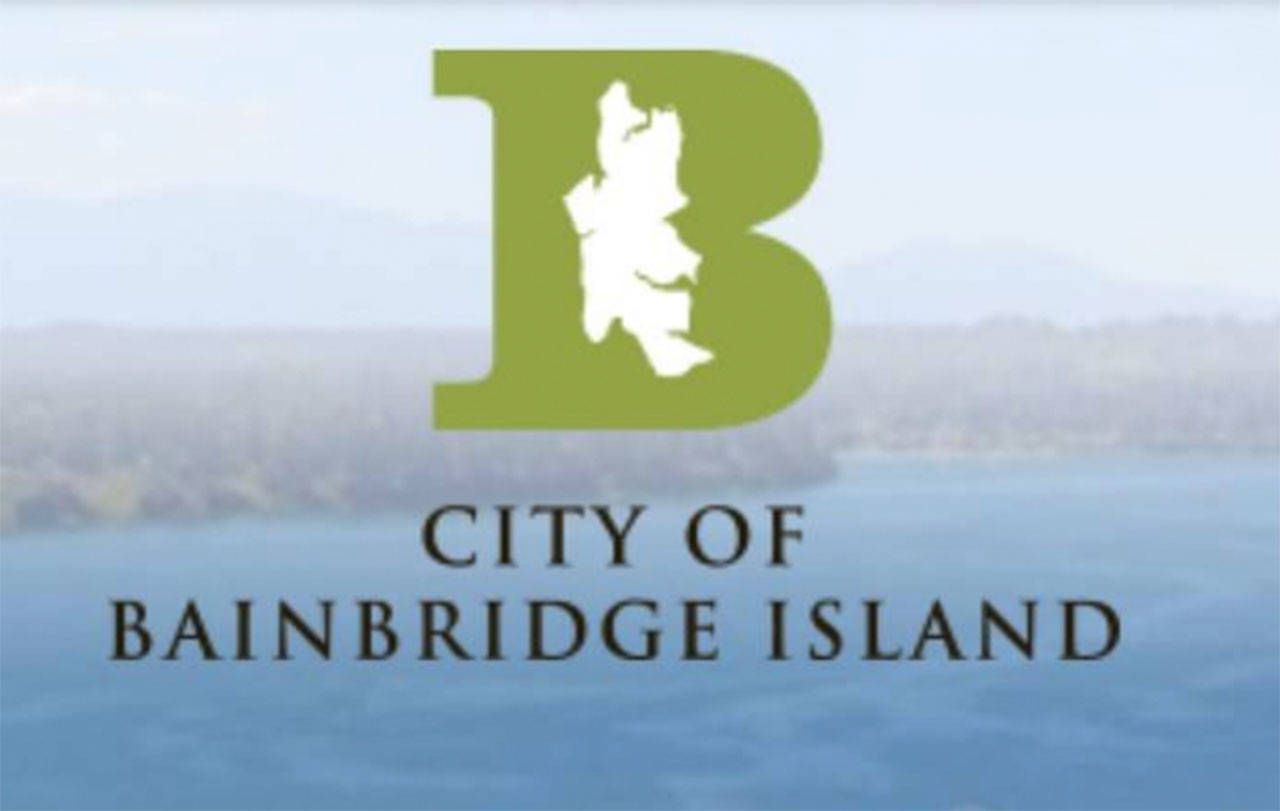Bainbridge City Councilmember Rasham Nassar is so serious about reducing gas emissions she mentioned looking into a gas buyback or electric subsidy program at a recent meeting.
She said California has a goal of only zero emissions vehicles by 2030, making “obsolete our efforts” of increased electric vehicles by 2045. She added the removal of gas-powered vehicles from the roads may take a subsidy for those who buy electric vehicles or a buyback program for those with gas-powered ones.
Jennifer Wieland of Nelson Nygaard consultants said while she has heard of the subsidy idea the “buyback program would be an excellent program to pursue,” even mentioning the city might want to advocate that for the statewide level.
Councilmember Michael Pollock said one way people could easily reduce gas emissions right away is to simply slow down while driving.
“Since COVID people seem to be driving a lot more slowly,” he said, adding that helps with safety along with the environment.
Wieland said reducing speeds islandwide is being discussed for the Sustainable Transportation Plan, along with strategies for creating safer spaces for walking and biking.
Pollock said he hopes the committee working on the plan also is taking technology into consideration.
“Let’s plan for 2040 not 2020,” he said, adding his car, for example, warns him when a pedestrian is near.
“Those types of technology broaden our opportunities,” Wieland said.
By using values to set goals, and planning to help people most vulnerable, it “doesn’t matter what technology” is invented, she said.
After months of work, the Sustainable Transportation Committee came up with six overall goals that “articulate what matters: social, economic, performance and quality values,” Wieland said. “They may take us years to reach.”
The goals are:
•Climate action and resiliance: By 2045, reduce greenhouse gas emissions by 90%; reduce drive-alone trips to 40%; increase electric vehicles to 80%.
•Increase natural systems and honor rural character: Expand urban canopy, minimize environmental impacts through project design.
•Safety and comfort: by 2045 zero collisions (down from 182 last year); implement all ages and abilities walking, rolling and biking network, including so all students over age 8 can walk or bike to and from school.
•Equity and accessiblility: Equal access to mobility options; reduce household transportation costs; increase fully accessible roads and paths to allow cycling, walking and rolling for all ages and abilities.
•Connected and convenient: Increase connectivity to reduce walking, biking travel time; increase physical activity to make it easy to safely walk, bike and roll daily; increase access to schools, jobs, parks and basic life needs; create community gathering places.
•Implementqiton and funding: Align investment decisions with plan; balance cost effective and high impact projects; eliminate barriers to implementation.
Councilmember Christy Carr said she was concerned that education and outreach were not mentioned.
“We don’t want to lose that concept,” she said. “Everybody in the community needs to understand the importance of it, whether or not they are going to be users of it.”
Wieland said that concept is “woven in” to all of the programs.



